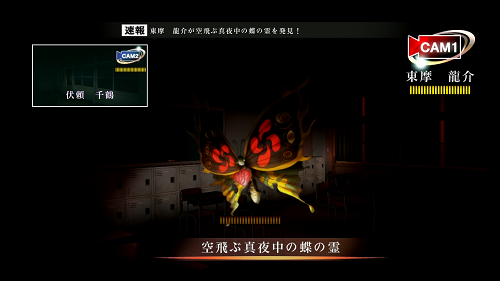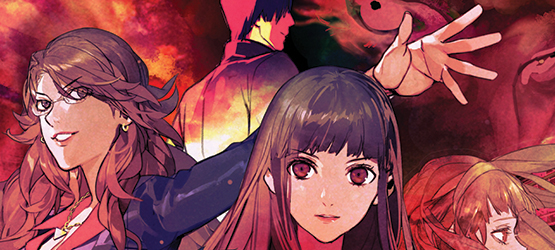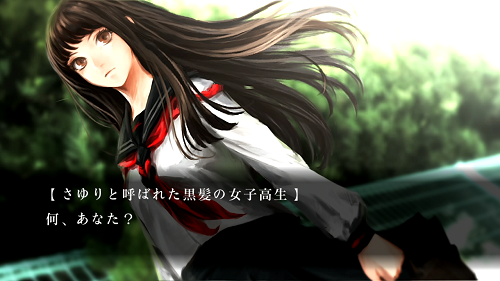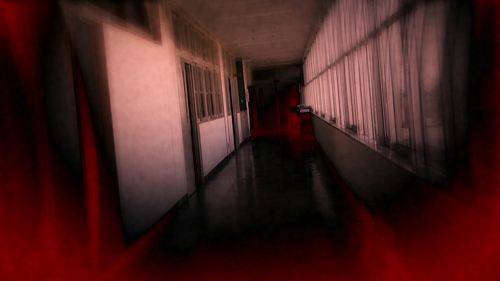You may not have heard of it but Tokyo Twilight Ghost Hunters is a real treat. Evoking a setup similar to the style of Ghostbusters, the entire premise of the game is basically that movie minus a bunch of middle-aged men and in their stead, a group of high school kids taking up the calling against specters, spirits and the unknown. The game also is set to a more serious tone, and although it’s not without its comedic bits either, this visual novel-style strategy RPG is a cool take on the modern day ghost hunter.
Created by Toy Box and published in Japan by Arc System Works, Tokyo Twilight Ghost Hunters has finally made its way westward through Aksys Games. Fans who enjoyed some of the publisher’s previous releases such as the Zero Escape series or something like XBlaze will be right at home here. TTGH plays heavily to the visual novel standards in presentation and the way it tells a story but its gameplay just happens to be unique enough to set it apart from its contemporaries.
Ace Detective
Structured like a weekly TV drama, Tokyo Twilight Ghost Hunters tells the story of a young transfer student. You can name him whatever you’d like, and for all intents and purposes, he is basically your avatar to take you through the game’s main plot. The game begins as the main character arrives at Kurenai Academy in Shinjuku, where he makes quick friends with a young man named Masamune Shiga and a shy young girl named Sayuri Mifune. The pair become involved with you quite quickly, drawing your character into the world of ghosts should you decide to admit to seeing them or not. You see, Shiga in particular is part of a mismatched group of would-be detectives known as The Gate Keepers and you’ve been roped into helping him defeat your first ghost. Key Master… Gate Keeper… get it?
The Gate Keepers aren’t just any old detectives though, they investigate the paranormal under the guise of an occult publisher and work to exorcise the occasional ghost that’s decided to stay past its welcome in the moral world. Each case, or episode involves a new client with their own individual stories to tell. I call them episodes because they really are set up that way, opening credits, ending and all. Every chapter introduces a new problem for you to face and from there it’s up to you to investigate the reasoning behind your client’s call for help as you built trust with your teammates in an on-going saga. From there the game takes you into the actual RPG portion where battles take place on an overhead grid.
Into the Matrix
The gameplay in Tokyo Twilight Ghost Hunters is a bit unconventional. When I first heard about the game I was half-expecting the “dungeon” parts to be similar in nature to the older Persona games. But instead, you’re set playing virtual chess across a board where you and your party members must search for then engage the enemy ghost by moving around in limited directions. Before each fight begins you’ll be able to gear up and set various items and traps around the location you’ll be venturing about. Engaging a ghost transforms the screen to a first person view in which you can see yourself attack and be attacked depending on if you landed a correct hit or not.
Your party consists of up to four members whose ultimate goal is to defeat the main “boss” of each episode. Usually these guys aren’t alone — often times you’ll be fighting off lesser spirits along the way but they still hit pretty hard. These smaller enemies don’t’ necessarily have to be defeated to progress the story. Once you defeat the main baddie the mission is complete and the chapter wraps up from there. I can definitely see the battle system being a point of contention. Often times a lot of your moves depend on Random Number Generators and I found it was fairly easy to get cornered into an unlucky situation. Battles are also limited by a specific number of turns and if you can’t clear the boss before the time limit you’re forced to start over.
In addition to that, the game really stumbles when it comes to explaining the basis of its mechanics. After the first tutorial section, the game throws your into the fray expecting you to figure out the rest for yourself. I was able to do so after I barely scraped by the first mission for the first time, but it was still frustrating having not experienced anything like it before. I feel like TTGH assumes a bit much of the player here so you’ll have to take the proper initiative and really think about where you’re going to move.
The visual novel portion of the game also has its own unique gameplay function. Similar to a dialogue choice system, a wheel of emotions appears on screen when you’re asked to respond to a specific character. You’re to select one of five which trigger actions like looking, touching and even tasting certain things in the environment. Again, the player isn’t given much direction on this system at the outset but after a bit of trial and error you can usually work your way through situations with a desired outcome. That said, the variety of characters you’ll interactive are certainly fun and imaginative — from a Power Glove-wearing geek to a famous idol, TTGH’s strength is in its diversity.
Get to Work!
When you’re not hunting down the latest ghost the game allows you to take on a bunch of side quests and random instances where you can hone your trapping and combat skills. These are good chances to level up a bit if you feel you’ve been having a hard time with the main quest skirmishes. These missions can be selected in TTGH’s own hub area — the Gate Keeper’s office where you can also interact with your friends, craft and purchase items and equipment and more. This allows for a great amount of freedom when it comes to customizing your progression — which also occurs after each mission, giving you the choice to assign points to various attributes however you wish. The gear itself, however, is a bit on the thin side and leaves a bit left to be desired if you were expecting an abundance of cool weaponry.
On the presentation side of things, Tokyo Twilight Ghost Hunters is enjoyable to look at. We tested out the game on both PlayStation 3 and Vita, and they’re similar for the most part; though the PS3 does enjoy a nice resolution boost with the art. The visual novel parts use traditional 2D drawn characters that have slight animations that give them a bit of life. They appear on stylized backgrounds reminiscent of artistic photographs which blend in well given the serious nature of the story. The game’s battle visuals are more on the simple side but they get the job done. The bulk of the game is its story moments after all, and Aksys Games has once again delivered an enjoyable, faithful localization for the English audience.
Despite its unconventional and sometimes frustrating RPG segments, Tokyo Twilight Ghost Hunters is a game I can easily recommend to visual novel fans and just fans looking for a unique story alike. The colorful cast of characters and TV show-like structure allow for the game to be taken in in quick little bites — which is perfect for those who don’t have the time to power through a long, drawn out narrative. Of course, the battle system might not be for everyone but once you get the hang of it, it isn’t so bad — if anything I applaud it for being so unique.
Review copy was provided by the publisher. For information on scoring, please read our Review Policy here.
-
Beautiful artstyle
-
Interesting cast of characters and story
-
Soothing rock music
-
Pacing is just right
-
Original gameplay systems
-
Tutorial is almost too basic
-
Not a lot of gear customization
-
Sparse Japanese-only voice acting
Tokyo Twilight Ghost Hunters
-
Tokyo Twilight Ghost Hunters Screenshot
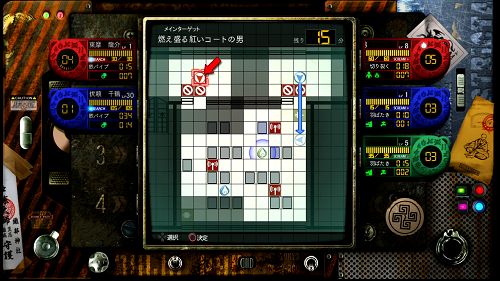
-
Tokyo Twilight Ghost Hunters Screenshot
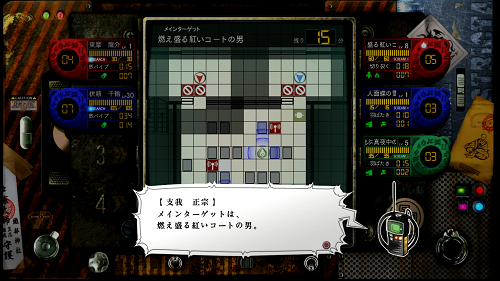
-
Tokyo Twilight Ghost Hunters Screenshot
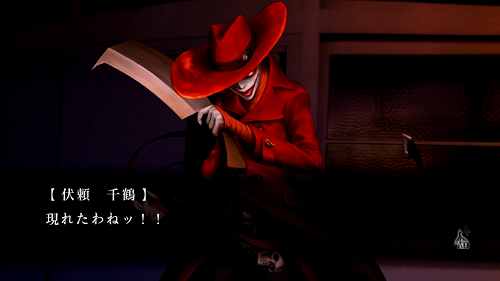
-
Tokyo Twilight Ghost Hunters Screenshot
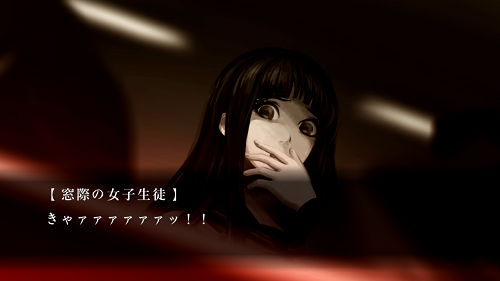
-
Tokyo Twilight Ghost Hunters Screenshot

-
Tokyo Twilight Ghost Hunters Screenshot
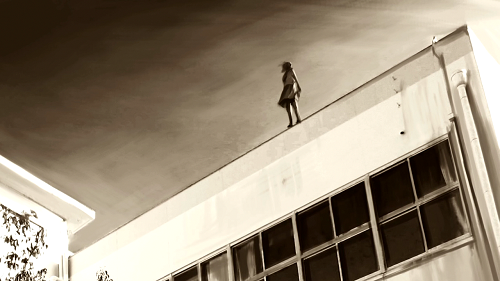
-
Tokyo Twilight Ghost Hunters Screenshot
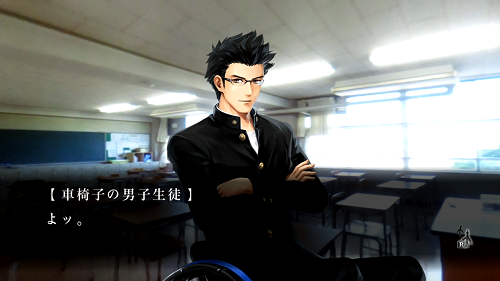
-
Tokyo Twilight Ghost Hunters Screenshot
